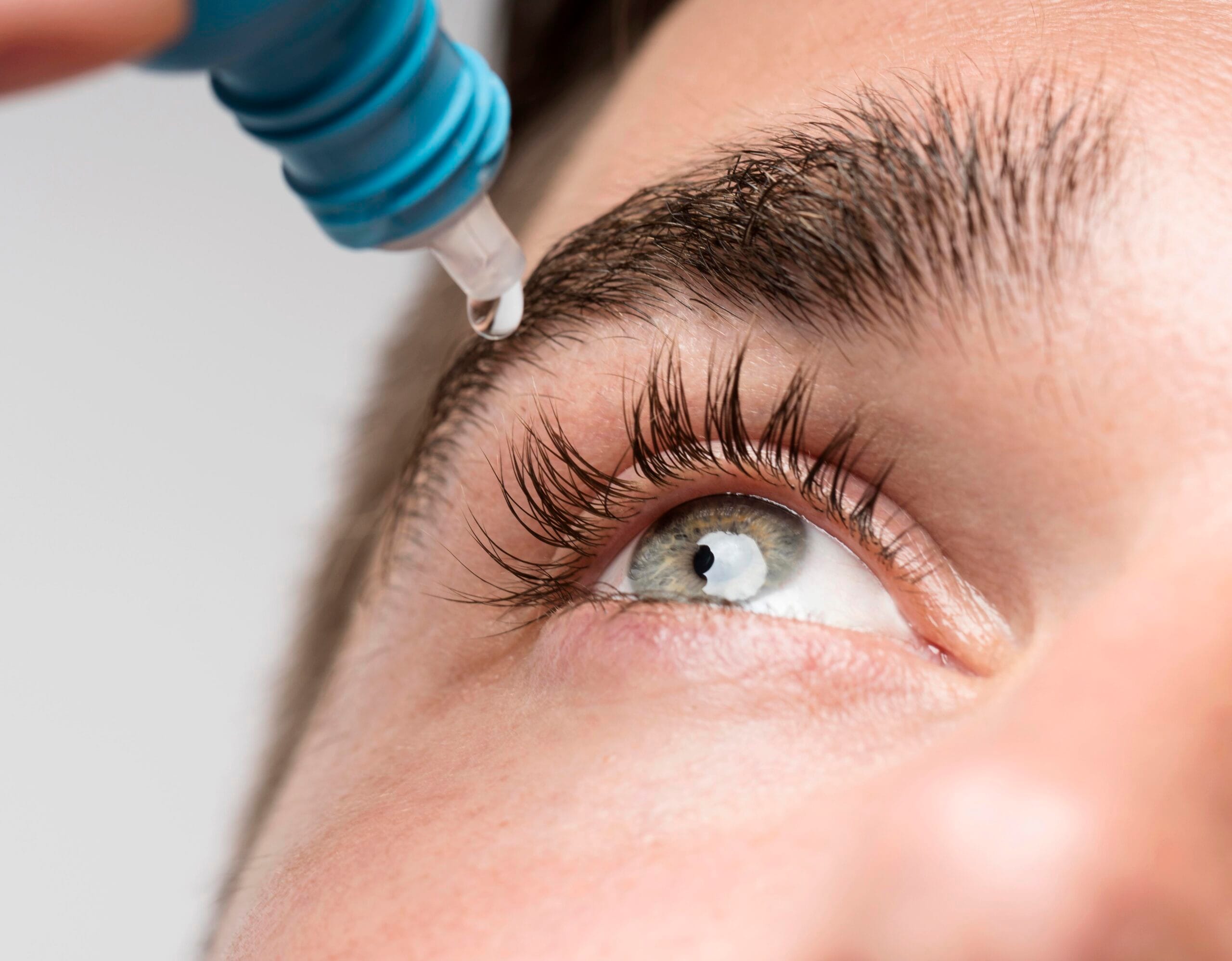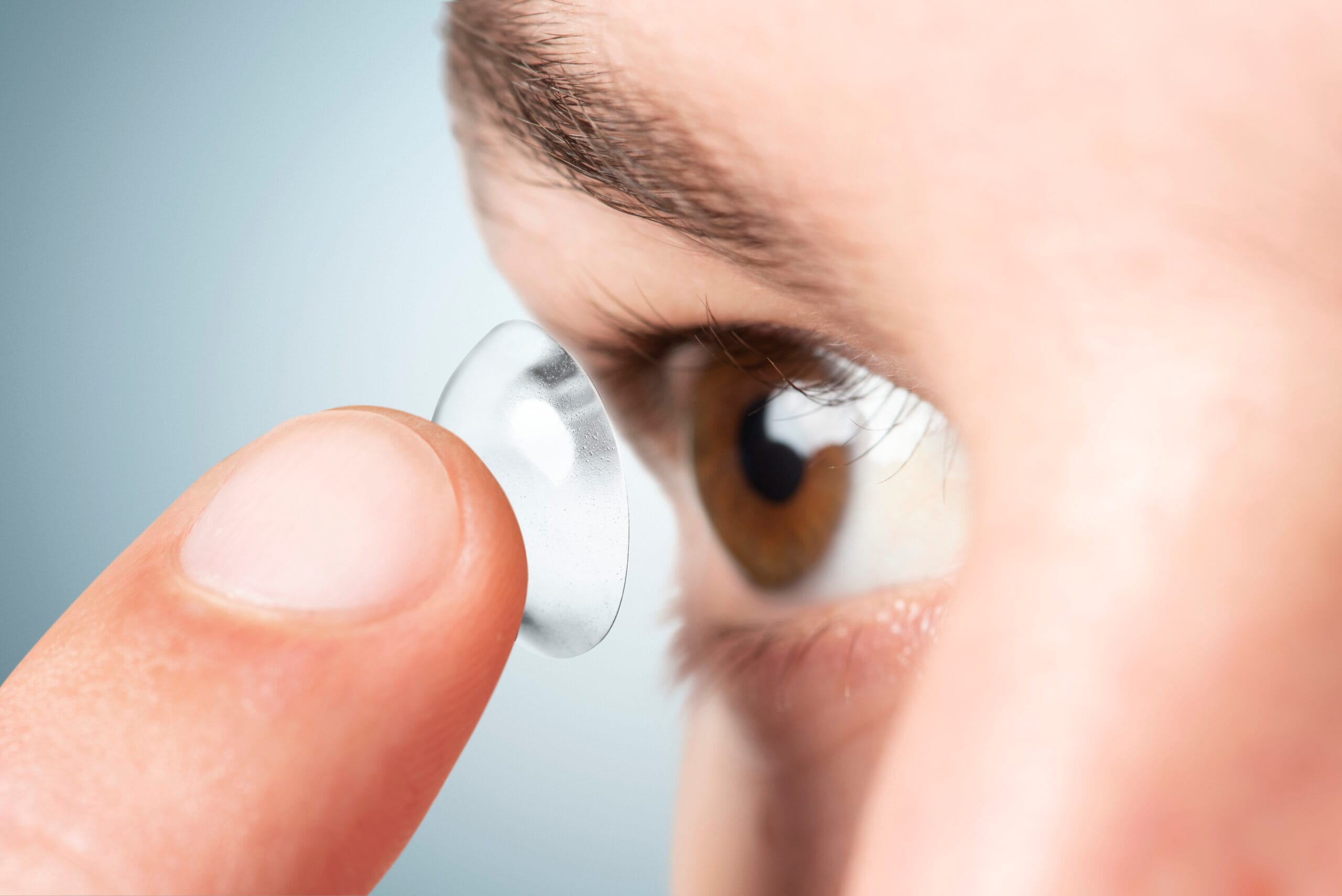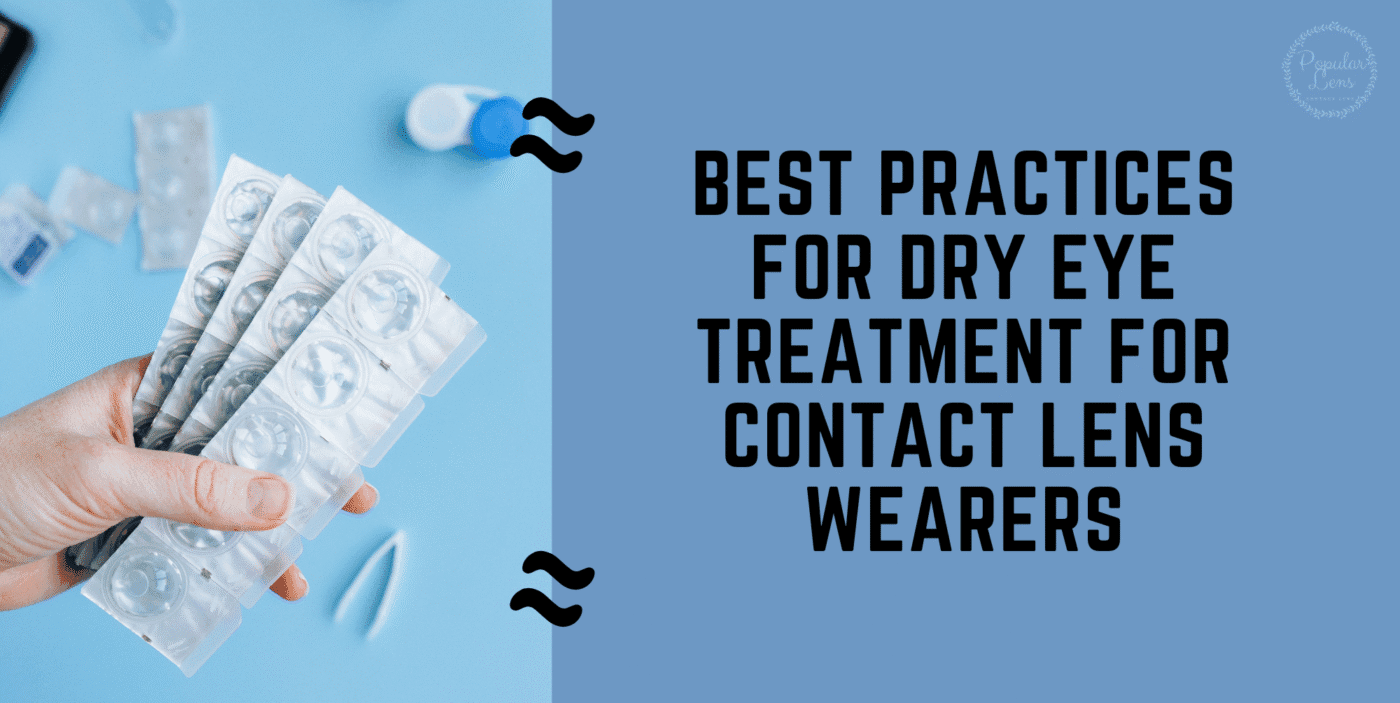Practices For Dry Eye
Best Practices for Dry Eye Treatment for Contact Lens Wearers
Best practices for dry eyes as contact lens users include staying hydrated, using preservative-free hydrating eye drops, and maintaining good lens hygiene. Selecting silicone hydrogel lenses or daily disposables made for moisture retention will also be beneficial. Early detection and control are ensured by routine eye tests, hence preserving your eyes comfortable and healthy.
Practices For Dry Eye 1: Replacement Schedule
Among contact lens users, one of the most effective yet often disregarded methods for managing dry eye is precisely adhering to the suggested replacement schedule for lenses. Many people are motivated to stretch their lenses beyond the suggested time — daily, biweekly, or monthly, believing it would help to save money or reduce waste. But too strict lenses can worsen dry eyes dramatically.
Naturally, as lenses sit on the surface of the eye, they attract environmental waste as well as fats and proteins. The interference these deposits generate between the lens and the tear film produces irritability, reduced moisture retention, and pain. Moreover, the more likely the lenses are to deteriorate in quality the longer they are worn past their expiration, hence they are less breathable and less hydrating.
Daily disposable lenses are sometimes viewed as the ideal for people prone to dryness because they minimise exposure to deposits by giving a fresh, clean lens every day. This not only helps to maintain a tear film but also lowers the possibility of inflammation or infection that might worsen dryness. Though only if consumers are careful about changing their biweekly or monthly lenses on time and following strict cleaning procedures may they yet be a good choice.
Matching the proper replacement schedule with good lens cleaning guarantees maximum oxygen permeability and surface moisture, both of which are vital in reducing dry eye pain. Following the advised replacement plan is a straightforward yet powerful practice that will enable people managing dry eye to wear contact lenses far more comfortably, to briefly put it.
Practices For Dry Eye 2: Lubrication & Hydration

For contact lens wearers, one of the most efficient ways to treat dry eye is by means of correct lubrication and hydration since such techniques straight support comfort and stability of tear film all day long. Contact lenses interfere with the eye’s ability to retain moisture and naturally limit the amount of oxygen reaching the cornea, therefore adding supplemental external hydration is essential.
The gold standard is preservative-free artificial tears since they offer calming relief without introducing abrasive substances that could attach to the surface of the lens. Specialised rewetting drops made for usage with contact lenses can also replenish moisture and lessen friction between the lens and the lid, thereby avoiding that gritty, Many wearers experience a weary-eye feeling following extended labor.
Standard redness-relief drops, which often include vasoconstrictors that might worsen dryness over time, must be avoided. Beyond eye drops, systemic hydration is absolutely essential: drinking enough water all day guarantees the body retains optimal tear production and including omega-3, adding fatty acids to the diet can improve tear quality.
Together these actions produce an encouraging atmosphere for pleasant lens use makes it simpler to see clearly without the disturbance of dry eye symptoms. Contact lens wearers benefit from regular hydration and lubrication both in terms of comfort and also in protection of long-term eye health.
Practices For Dry Eye 3: Proper Lens Care
For those wearing contact lenses, good lens care is essential in controlling dry eye symptoms since even little breaks in hygiene or handling can cause aggravate pain and impair eyesight. Selecting a cleaning agent appropriate for both your lenses and sensitive eyes — multipurpose or hydrogen peroxide–based compounds is among the most vital habits.
Since they reduce the possibility of irritation and residue accumulation, are sometimes suggested. Lenses should be well rinsed after cleaning to get rid of any remaining solution that might irritate or dry the eye when used. Strictly following the suggested lens replacement schedule is equally crucial since over worn lenses gather protein deposits and debris that restrict oxygen flow and make dryness worse.
For reusable lenses, prevention of bacterial proliferation that might cause inflammation and worsen dry eye symptoms calls for cleaning and replacement of the storage case every three months at the very least. Contact lens users should also refrain from washing or storing lenses with tap water as this can introduce dangerous microbes. Good hand hygiene before lens handling guarantees oils, creams, or dirt do not migrate to the surface, hence minimising dryness risk.
Minimising overnight lens use unless otherwise prescribed also lets the eyes recover naturally and preserve a more stable tear film. By giving good cleaning, handling, and replacement practices top priority, Users not only shield themselves against infections but also produce a more comfortable wearing experience that greatly lowers the effects of dry eye on daily life.
Practices For Dry Eye 4: Lifestyle & Environment

Often making the difference between pain and clear, comfortable eyesight, lifestyle and environmental changes are absolutely critical for contact lens users’ treatment of dry eye symptoms. Taking regular breaks from digital displays is among the most crucial habits. Long-term use of computers and smartphones lowers blink frequency, therefore raising tear film evaporation.
Maintaining natural eye moisture is aided by following the 20-20-20 rule — looking 20 feet away for 20 seconds every 20 minutes. Eye comfort is also much influenced by indoor conditions. Air conditioning, heating, and fans can produce dry air that worsens irritation, thus using a humidifier can be quite helpful to add moisture to the air. Wind and sun exposure outside speeds tears’ evaporation, hence wraparound sunglasses or glasses with side shields are excellent defensive solutions.
In smoky or contaminated settings Should be prevented whenever feasible since smoke particles and contaminants increase irritation and dryness. Another usually ignored element is hydration; adequate daily water intake helps to promote good tear production, whereas lowering alcohol and caffeine intake can help to maintain equilibrium. Contact lens users should be especially aware of their sleeping patterns since poor sleep quality and lack of rest can worsen eye strain and dryness.
Developing an awareness of environmental cues at last and modifying schedules that is, repositioning a desk away from air vents, taking outside strolls during less windy hours, Or proactively using artificial tears could improve the quality of daily life immensely. Complementary to medical treatments and lens care, these little but strong lifestyle and environmental adjustments offer a whole approach to effectively treating dry eye.
Practices For Dry Eye 5: Medical & Professional Guidance
For contact lens wearers, proper treatment of dry eye depends mostly on medical and expert guidance. While self-care techniques including drinking and lubricating eye drops can provide short-term relief, asking an eye care professional will ensure accurate diagnosis and treatment of the root cause of pain.
Frequent eye tests help to find out if the dryness is brought on by the construction, the material, or the replacement plan now in place. Daily disposables, silicone hydrogel lenses, or even particular lenses such scleral lenses which create a fluid reservoir helping in healing may all be suggested by an optometrist. Keep your eyes damp throughout the day.
Specialists may advise medical treatments fit for particular needs beyond lens correction. Prescription eye drops like cyclosporine will assist reduce inflammation and improve tear quality even though plugs are recommended to save natural tears. Vitamins or other dietary techniques may also be recommended to assist to produce tears in some circumstances. Professionals who assist assess environmental and lifestyle elements including screen use, air conditioning, and smoke or wind exposure that could exacerbate dry eye.
Working closely with an eye care expert, contact lens users receive customised solutions that not only alleviate dryness but also protect long-term eye health. This ongoing cooperation ensures that therapeutic plans may be changed as demands change, hence lowering pain and allowing individuals to wear lenses safely and comfortably.

We are a company of optometrists & opticians. We focus on providing our customers with their preferred optical products to improve visual acuity and enhance their quality of life. At PopularLens, you will find niche and exclusive brands.
 Free Shipping within SG With Order Over $80
Free Shipping within SG With Order Over $80 Lowest Price Guarantee
Lowest Price Guarantee

